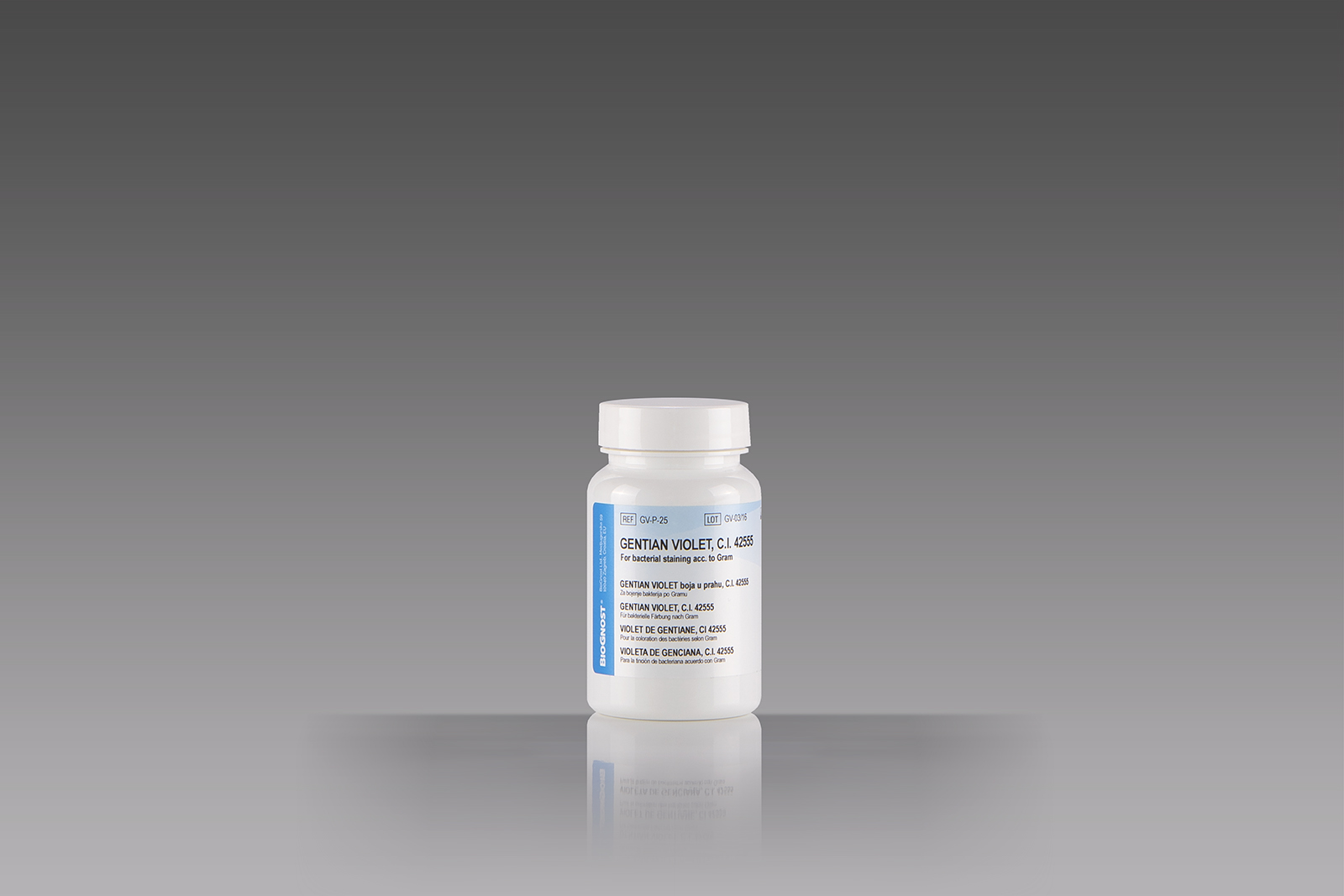Introduction
The staining procedure according to Gram is used for differential bacterial staining in order to differentiate between Gram-positive and Gram-negative bacterial strains. The membrane structure is the characteristic that differentiates between these two types. Gram-positive bacteria have thick, single layer membrane with cross-checked polysaccharides and it is easy to stain with Gentian Violet dye; Gram-negative bacteria membrane have a thin layer of polysaccharides covered with a layer of lipids that make staining with Gram dyes impossible. The membrane’s chemical composition also determines what medicine will affect the bacteria best. Determining the bacterial strain, that is, if it is Gram-negative or Gram-positive strain enables the choice of the most effective antibiotic drug. Certain antibiotic drugs have an effect on Gram-positive bacteria (such as penicillin), while others have an effect on Gram-negative bacteria (such as tetracycline, streptomycin). Gentian Violet may also be used for staining amyloids and chromosomes.


